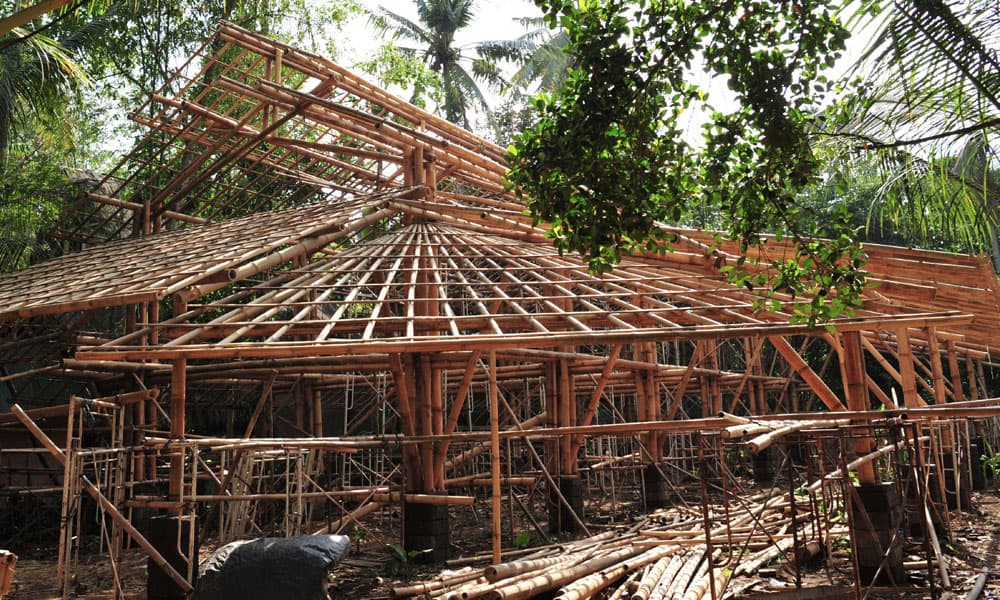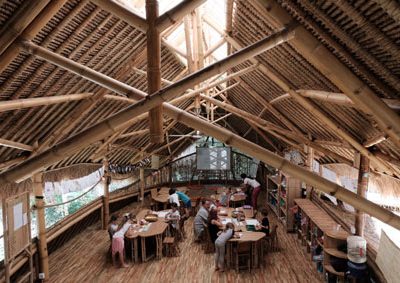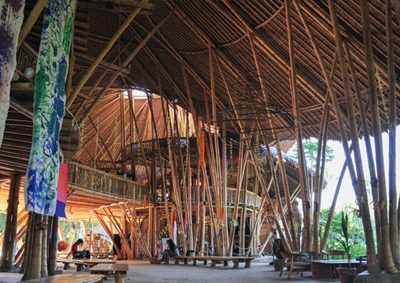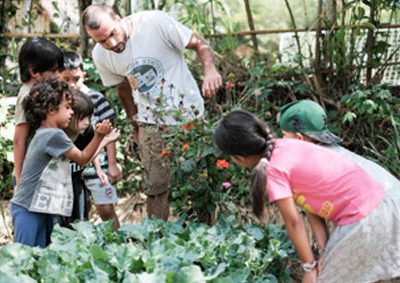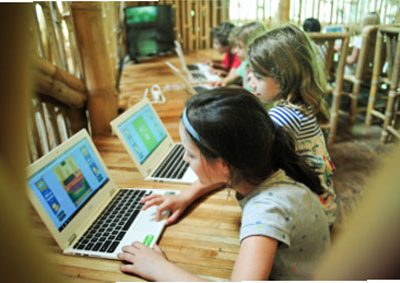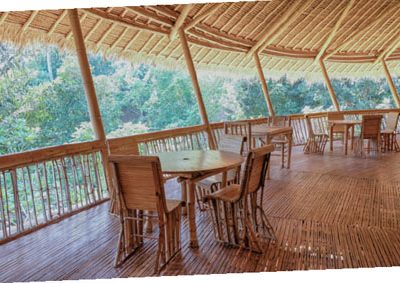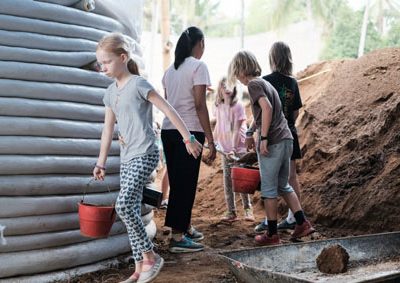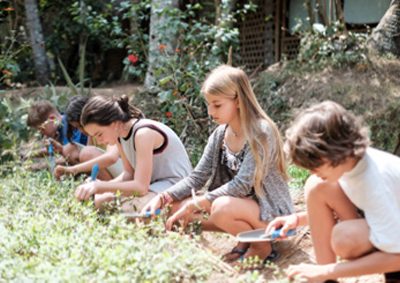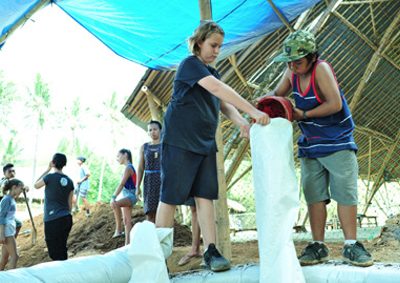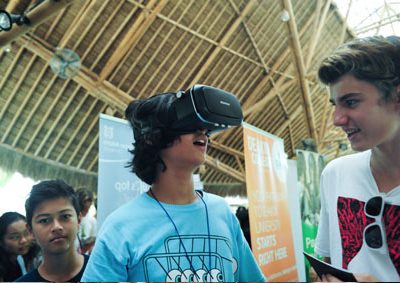Head of Student Recruitment: Helen O’Connor
Helen is in a unique position where she was a parent of two GS students first, before formally working at the school. She holds experience as an actor and educator, and has worked extensively as a corporate trainer in communications, emotional intelligence, and change management. One point of emphasis at GS is parent involvement. During her children’s tenure at the school, Helen ran Conscious Communications workshops for the parent community and as professional development sessions for the school staff. She ended up running the parents’ association and became increasingly involved in the intersection between the school and the parents of GS.
With Helen’s experience in education, communication and being a student-parent herself, she became sought after for the open position in admissions and decided to join the school. Due to the heavy online nature of their admissions process, Helen is now able to run the Admissions Office working remotely for half the year from Australia, after living in Bali for 5 years.
As a parent of the school first, how did you find Green School and decide to enrol your children there?
It was a pleasant accident in a way. I was not happy with the schooling they were receiving in Australia as I wanted a more progressive and co-educational approach to their learning. Our family went to Bali on a holiday and at the time were considering moving there. Our friends mentioned Green School to us and we decided to go see it during our holiday only as curious tourists.
We eventually decided to move to Bali and I told my reluctant children that they could choose the school they wished to attend. We visited other schools on the island but it soon became clear it was a no-brainer for them – they wanted to attend Green School. They moved to Bali originally under duress, so we had agreed we would only trial it for six months. After three weeks they sat me down and told me they intended to graduate from this school and would not be leaving! The type of engagement at Green School was something they had never experienced in a school setting and they knew it was where they wanted to stay. I eventually found this to be a common theme – where families would plan to come to Green School for only six months to a year, and end up staying much longer for the education. The kids practically chain themselves to the bamboo and refuse to go!
Can you tell us a bit about the daily life for students at Green School?
A typical day at Green School is broken into three parts that mirror the ‘Three Frames of Learning’: Thematic Frame, with a focus on research, inquiry, and communication skills in a group learning environment, Proficiency Frame, where the relevant core competencies are honed, often in a more structured classroom environment, and the Experiential Frame, where students are involved in activities related to the theme or project.
Students spend about 60% of their day outside of the classroom in ‘hands-on learning’ which creates an environment where a high level of engagement occurs. So when they return to the classroom, the more structured English, math or science classes are connected to something tangible, bringing the education literally to life.
One example is the Middle School ‘Bridge Project’ where the students were asked to build a bridge over the river that runs through the school to connect the main campus to a smaller section of the campus and the local village. As you can imagine the Bridge Project involves many disciplines math, science, physics, design, building techniques, and of course teamwork and collaboration. And vital realisations like building a bridge in Bali is different than other places in the world due to the climate and the culture. So the learning is vast.
The students have to figure out the mathematics and science and come up with the design and other essential plans before going out and putting it all into practice. This goes back to our main philosophy of high engagement of the child. When they are engaged, they don’t really notice they are learning. We are hiding the peas in the soup…and they don’t even realise they are eating the vegetables!
Another great thing about the Bridge Project was that a couple years ago there was a massive flood and the bridge collapsed. They had to go back to the classroom and figure out why this happened. The learning involved in that entire process to uncover mistakes and develop a stronger bridge was phenomenal. And most of that learning came from consulting the local Balinese builders on how they would have done it…all in Bahasa Indonesia!
What are some of the unique obstacles Green School encounters with this type of education?
I think it comes down to perception and getting parents to take a leap of faith when they first encounter this style of learning. One of the main fears of parents includes: “is my child going to learn the same things I learned?”
Most of us come from a traditional education system where we finish school and know how to write, read, add, subtract etc. Many parents want to make sure their child is going to leave the school with those same abilities, and ensure they could easily transition back to a traditional school if they need to, or indeed move on to University. They want to know that this is possible through the philosophy of learning by doing.
The biggest challenge is helping people understand that it is not what they learn, but rather how they learn it, that makes the difference. Green School continues to graduate kids that are going to Ivy League universities and studying all over the world. And the feedback we have from universities and employers where Green School graduates have ended up is that these kids have an extremely high level of critical and independent thinking, problem solving, and an ability to reason and argue, among other important life skills. They are as well educated as any other Grade 12 graduate; our educational approach is just a different way of getting them there, and one we believe better sets them up for future success. Our intention is to create a love of learning in an environment where students can explore their innate passions and realise that they have the ability to affect change in the world.
Can you touch on some of the amazing projects Green School is currently engaged in within the community?
Kembali, our recycling project, started as a simple way for parents to recycle items within their homes. It has now turned into a huge centre where people are taught about recycling and families can bring everything from their kitchen waste to recyclable goods and clothing to be processed. The project focuses on teaching people how to recycle properly and showing what can and cannot be recycled.
One of the incredible things that has stemmed from Kembali is a program called Trash-For-Class. Much of Bali is unfortunately filled with unwanted plastics and trash so we developed a program to help not only clean up the local community but also educate the local children in the process. Local children are eager to learn English and so we encourage them to engage in trash walks where they go and clean up the community and return their trash to GSB where they can redeem certain amounts of trash for free hours of English education at the school.
Five kilos of trash gives them one semester of English class which has made our community one of the cleanest places in Bali and has established a strong connection with the local community and our school. This is one thing John Hardy wanted to emphasise when he founded the school; he wanted to bridge the gap between expat families and the local Balinese people.
Operation Rain or Shine is another program that is endeavouring to have GSB 100% self-sustainable by developing an energy hub at the school. Former students who won the Zayed Energy Prize used their prize money to build the energy hub and work on increasing the usable and renewable energy at the school.
Overall our students are extremely active and we encourage them to pursue their passion to benefit the community. One student who excelled at biochemistry, was part of a student team that helped develop a program that turned used cooking oil into the bio fuel that GSB Bio busses currently run on. Having this type of unique and proactive experience resulted in him being courted by numerous Ivy League universities, where he is studying today.
As Green School celebrates its 10- year anniversary, what are you most proud of looking back over the history of the school?
I would have to say two things:
First, gaining the recognition that we have received has been incredible. Green School is becoming a world leader in changing people’s perceptions of education models, which I think is really important. We have gone from a point where we really had to work hard to convince parents that this style of education is equally if not more beneficial, to now having six years of graduating students proving this over and over. They are going out into the world after attending GS and excelling to great heights. The second thing I would say is the impact the school has in terms of creating a generation of thought leaders focused around sustainability. These kids have accepted a mission to go out and continue to have an impact on their environment and their community no matter how big or small their efforts are.
How has OpenApply assisted you and Green School in your overall school efforts?
Going paperless was of course one of the initial things that OpenApply allowed us to do. We used to print out applications and have parents fill them out manually which resulted in huge amounts of paper being used. OpenApply has definitely helped us along in the process of going green.
As you can see our mindset is all about sustainability and we actually did not realise how much we were also wasting in terms of time and also people’s skill sets. Through OpenApply, we have really been able to streamline our processes and our time is now used much more efficiently and effectively. We are now able to leverage our saved time on other things like engaging with parents more on Skype calls rather than spending time messing with spreadsheets, data entry and tasks of that nature.
When we first adopted the system, our goal was to be able to do everything in admissions through OpenApply and that is what we have done. If we weren’t using OpenApply to the extent we are now, working remotely from Australia would probably not be possible.
If you wish to learn more about Green School, please feel free to view their Ted Talk Video by founder, John Hardy, or check out the video CNN created in 2009 during the early days of the school.
 About Green School Bali
About Green School Bali
Green School Bali is located just south of Ubud on the island of Bali in In- donesia. Founded by John and Cynthia Hardy, Green School takes a holistic approach to education and focuses on educating for sustainability and the philosophy of Entrepreneurial Learning – learning by doing.
The school has formed a nearly perfected blueprint for green schools across the world by demonstrating how education can be just as effective, if not more so, by impacting change locally and striving to implement change globally. The classrooms have no walls – a symbolic representation of the in- clusiveness and limitless approach to education Green School takes in order to make our world a better place.



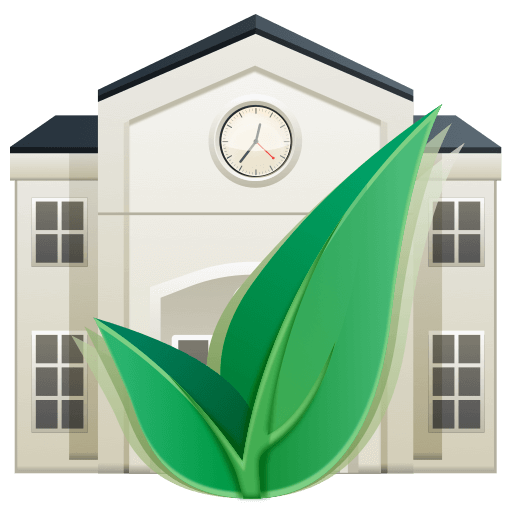












 All Services
All Services